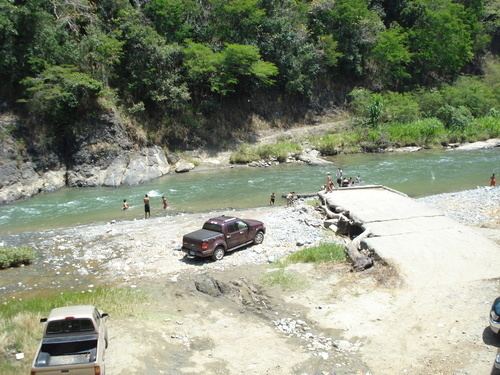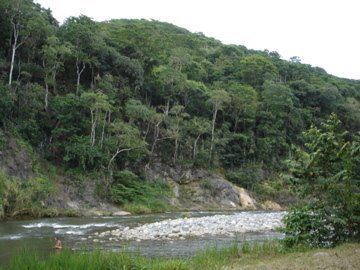Incorporated 29 March 1881 Municipal Districts 2 Population 16,993 (2010) | Settled 16 March 1494 Elevation 370 m (1,210 ft) Area 235 km² | |
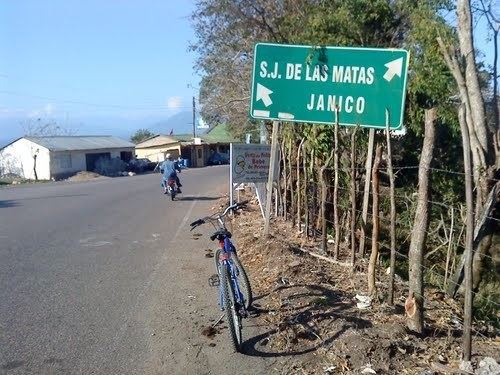 | ||
Weather 22°C, Wind SE at 0 km/h, 85% Humidity | ||
Jánico ([ˈhaniko]) is a municipality (municipio) of the Santiago province in the Dominican Republic. Within the municipality there are two municipal districts (distritos municipal): El Caimito and Juncalito.
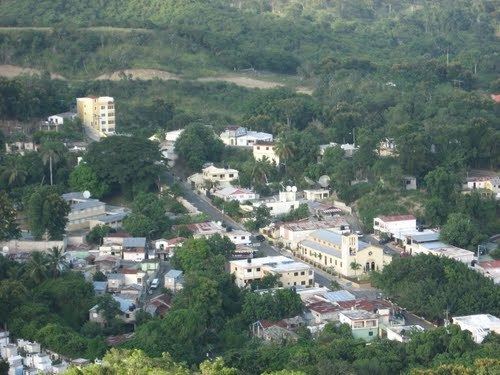
Christopher Columbus established a stockade here in March 1494, to protect his gold mining ambitions. The prospectivity of gold was established earlier in the year by Alonso de Ojeda's expedition.

Jánico is part of a region known as the Sierra (Spanish: La Sierra; pronounced: [la ˈsjera]). This region was peopled in the 18th century mostly by ethnic Canarians and French who established a markedly endogamous society in which cousin marriages were fairly common, in order to preserve their whiteness; only a very few were slaveholders. The Sierra received a sizeable amount of white and mulatto refugees from both Saint-Domingue and the Cibao Valley, the former during the Haitian Revolution and the latter amid the Dominican genocide by the Haitian army in 1805.
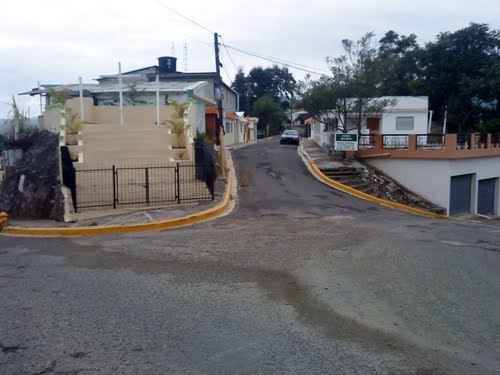
According to a 2016 genealogical DNA testing by the Genographic Project, the town has the highest percentage of both European and pre-Columbian heritages in the island, at 61.5% and 7.8%, respectively, while the African input (including North Africans) was numbered at 29.6%, the second lowest.
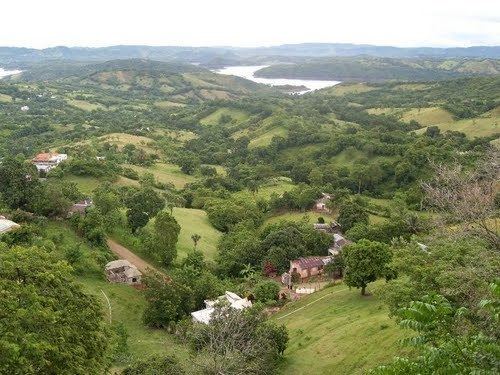
For comparison with other municipalities and municipal districts see the list of municipalities and municipal districts of the Dominican Republic.
